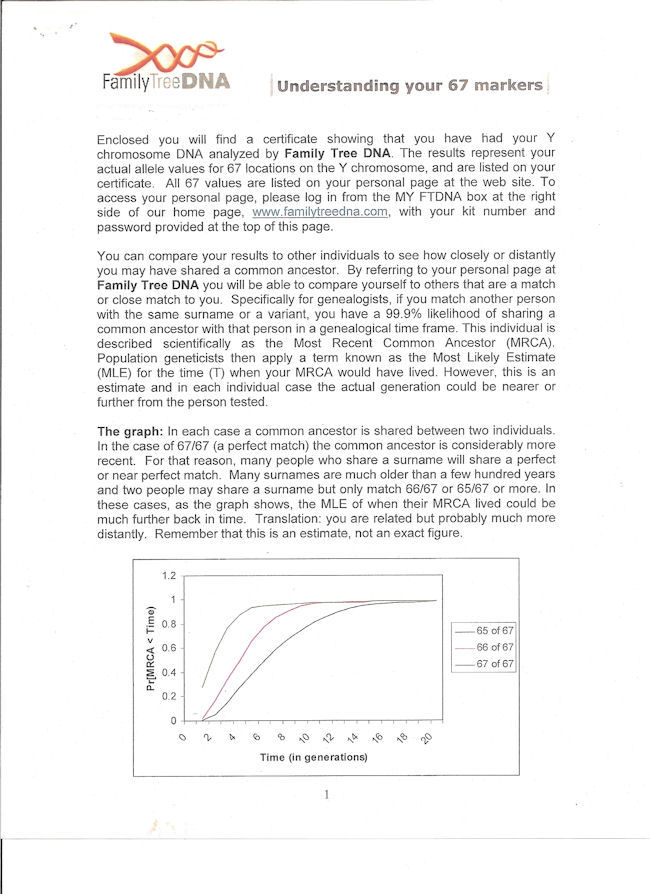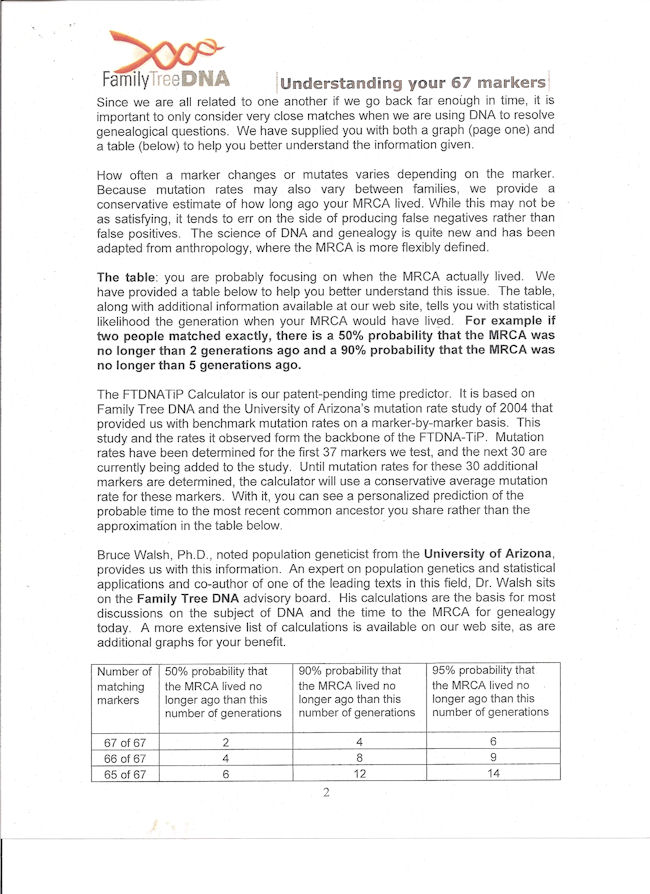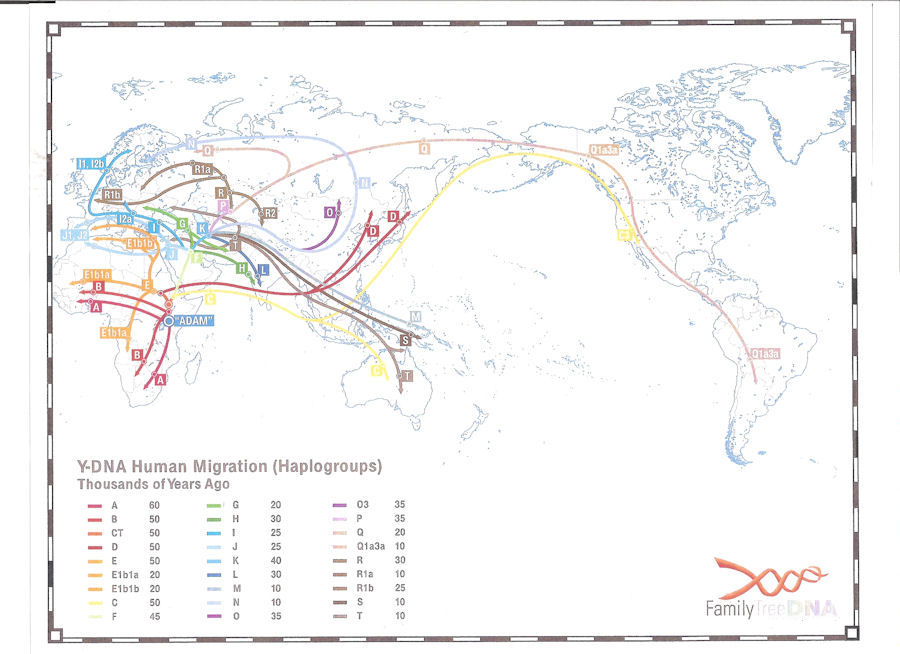| Return to Y-Chrom DNA Test Page | Return to Theory #1 Page |
|
Read a Detailed
Explanation of
Results below |
To Educate
yourselves (myself)
on DNA Genetic Genealogy - click here for links Provided by Emily - Project Admin |
Email for more information: mike3113@hotmail.com
White
Family
Haplogroup
Migration Map
R1b1a2a1a1b3
After
Deep Clad Test new
Haplogroup & Match (R1b1a2a1a1b3)
Group 4 -
Michael Lynn White – Kit 174561
-
Haplogroup:
R1b1a2a1a1b3 U152+ P312+ U106- L21- L20- L2- L176.2-
Group 4 -
James Tazewell Talley - Kit N93945 -
Haplogroup:
R1b1a2a1a1b3 U152+ P312+ U106- L21- L20- L2- L176.2-
|
|
TOP
 |
 |
 |
 |
TOP
Recent Ancestral Origins
Welcome to the RECENT ANCESTRAL ORIGINS (RAO)
database. This section displays the countries
of origin reported by the people whom you match or nearly match
from both our research and customer databases.
Your list of matches represents the range of places in which
relatives of your ancestors lived. Exact matches show
people who are the closest to you genetically. Some matches,
especially the more distant mismatches, are related to
you before the time of surnames.
The chart displays:
-
Each country from which you have matches
-
The number of people you match for each country and comment combination
-
Any additional information your matches provided about their origins
-
The total number of people you match from that country
-
The total number of people who have reported this as their country of origin
-
The percent of the people we have tested from this country who match you.
Please note if the number of people reporting a particular
country is too small,
no percentage will be calculated and N/A will appear instead.
-
Percentages above 2% are considered significant indicators of your family’s origins.
-
Percentages above 4% may be interpreted as highly significant indicators of your family’s origins.
To update or view how your ancestral origin is recorded in our database, click on the link above titled Update Contact Information.
How to read this chart:
The following is an example of how to correctly interpret your matches below:
You match 9 person out of 20,461 people from England, this is < 0.1% of the population tested from England.
Emails from
DNA Connections
whose connections are thought to
to remote, and no connection is
established
James Lippincott: 5/3/2010: Match on 12/25
There were certainly White-Lippincott marriages in New Jersey in
the 1600 and 1700s but none that I know about in my line.
I suppose Noah Braxton White is a fairly close relative of yours but he seems to
have only had the 12 marker test The nearest
match I have had at the 67 marker level is at -5 distance, named Stanley Merrit
Walthall. However, S. (White) Bittinger is genetic
distance of -6 at the 67 marker level. Barring any adoptions or out of wedlock
events I would guess the extent of our genetic relationship
probably goes back to fairly early England. The family record for the
Lippincotts from about 1240 on has been confined to Devon and before
that probably from Luffa's people, one of the germanic tribes that came to
England after 400 AD. Let me know if you should come across a more
closely related Lippincott.
Good Hunting!
Jim Lippincott
Roy White 4/23/2010: Match on 12 Marker only (67)
I cannot connect my WHITEs to yours. Did you do more than the 12
marker test? We did the 67 marker test as it is more accurate.
Our WHITEs came from England. The first White that i know of is
Joseph Bennett born around 1795 in England. He immigrated to Wayne
County, Illinois and was there by 1820. He married Eleanor Woods, who
was a native of Ireland. I haven't found out where in England he is
from. Would be glad to correspond more with you.
Return
TOP
